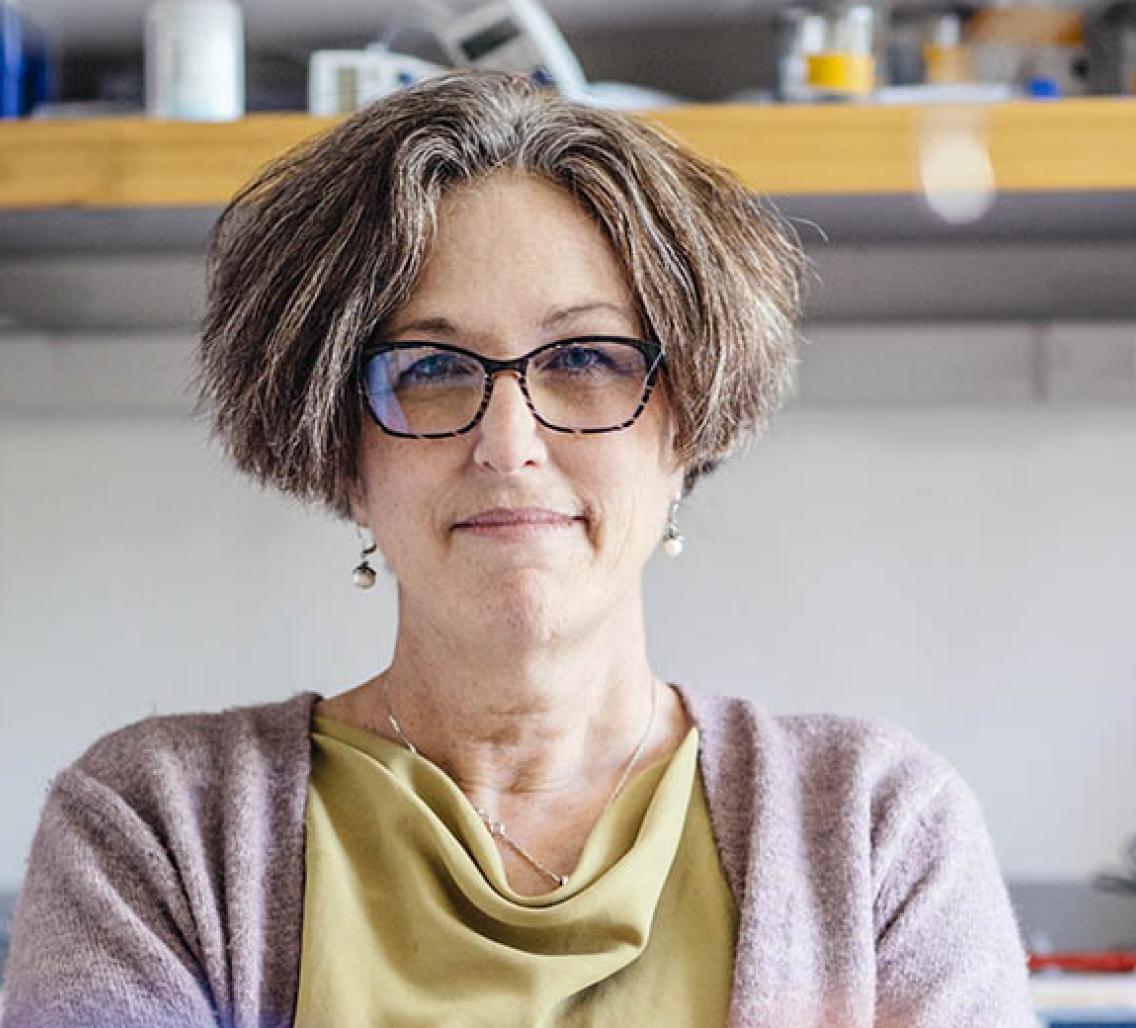Life in a Lab: A professor discusses failure and discovery

By Nathan Collins
For my story "Life in a Lab" in the latest issue of Stanford Medicine, I camped out with Miriam Goodman's Wormsense Lab for the better part of a week, watching people work, taking notes and recording hours of interviews. In the end, only a small portion of what I saw made it into print. In this piece and several more that will follow, I go a bit deeper into the lab members' stories, starting with Goodman herself.
As I wrote in the article:
Goodman, PhD, came to Stanford in 2002 and works in the Beckman Center, just down the hall from the two lab rooms where most of her graduate students and postdocs sit and perform studies on worms to advance our understanding of the sense of touch. Now that she runs her own lab, and especially since she became chair of her department in 2017, Goodman spends more time in meetings and responding to email, taking her away from the work she most enjoys: making things -- tools, equipment or beautiful scientific figures -- in the lab. She describes scientific research as a kind of intermittent reinforcement -- a technique in which researchers use small amounts of food or water to train lab rats to do otherwise boring tasks.
From Miriam Goodman:
When I first started the lab here, I was doing experiments myself recording from touch receptor neurons with Bob O'Hagan, who was then a graduate student at Columbia visiting Stanford so the two of us could work together on these neurons.
Late in the day, near the end of Bob's visit, we got the first data, and we're sitting looking at the computer going, "Huh." The cell is activated when you push it, which was something I expected, and it was activated when you stop pushing, which is something I did not anticipate, and I was like, "That's really cool."
I'm sitting next to Bob, I'm whacking him on the shoulder. I don't know what the heck it means, but wow isn't that cool?
If you're really lucky, that kind of discovery happens maybe two or three times a year. It's that hope that your prediction will be correct and the openness to the possibility of seeing something you didn't expect that I think keeps most scientists going. Discoveries are literally intermittent reinforcement, their timing is completely unpredictable.
Failure is a part of doing science too, because there's uncertainty. You can't make progress in an uncertain path if you don't have failures.
That doesn't mean that you as a person are a failure. Everything that you've done up until this point -- you spent the week tending your worms, getting them to the right stage. You learned how to use the microscope you didn't know how to use before, and you found out the worms didn't look like you expected them to look, but you still did those things. So now you just have to deal with this piece that maybe didn't end up with the data you were seeking.
But, in any given week, the data aren't the only outcome that matters. The journey and the discovery and the data are intertwined.
The other piece of it is, I do like to make stuff, and being in a research lab there's always something you need to be making. If I had known that industrial design was a thing that you could do, maybe I would have done that. If I had known you could be a software engineer without debugging code endlessly, I might have done that. I'm not unhappy with what I'm doing. I wish I had more time to spend in the lab than I do.
So let me tell one little anecdote that relates to the lab that I worked in as a college student writing code. During the last summer I was in the lab, the lab head was dying of lung cancer. The lab was actually physically in the hospital. He would come from his hospital bed -- when he felt well enough to walk -- to the lab to find out what we were doing because it made him happy, because it gave him joy, even though he was in enormous pain. There was something really powerful to see about that passion and connection that many scientists have to their work.
I don't know if I've got that deep a connection as he did, but if I can rebuild that connection with the experimental work through my own hands or those of the folks in my lab and in my collaborators' labs, I can imagine that.